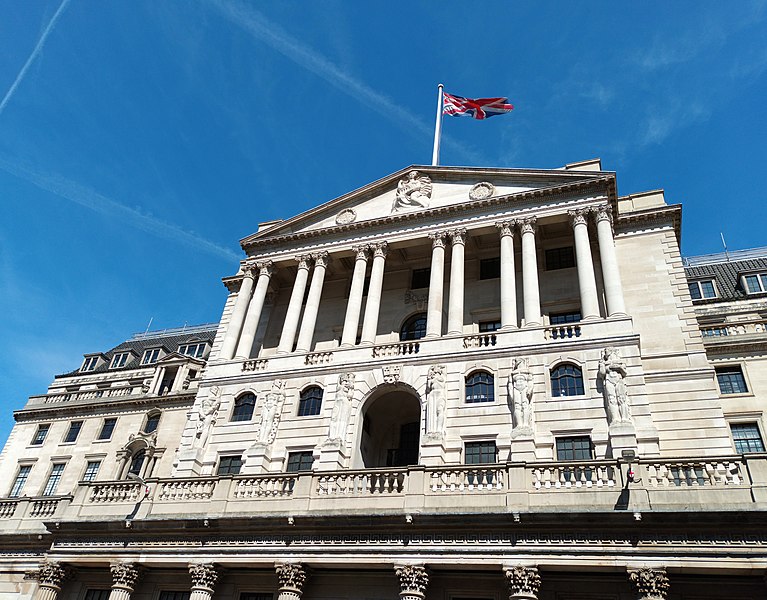
The Bank of England is considering its first interest rate cut in over four years, marking a significant shift since the early days of the COVID-19 pandemic.
This potential reduction in borrowing costs comes as economists predict a close decision.
On Thursday, the Bank may reduce its main interest rate by a quarter-point from the current 16-year high of 5.25%, though some suggest the cut might be delayed until September. Despite inflation reaching the Bank's 2% target, several members of the nine-member policymaking panel remain concerned about persistent price pressures in the services sector, which comprises approximately 80% of the British economy.
Interest rates in the U.K. have remained unchanged for a year following a series of dramatic hikes. However, recent indications suggest that the Monetary Policy Committee is moving towards a cut, with two members supporting a reduction in the last two meetings.
James Smith, an economist for ING, anticipates a "close call" but expects a quarter-point rate cut to be approved based on recent data. "The bottom line is that there is just about enough in the recent data to give the Bank confidence to begin lowering rates," he stated.
Globally, central banks raised borrowing costs sharply from the pandemic-era lows as inflation surged, initially due to supply chain disruptions and later exacerbated by Russia's invasion of Ukraine, which drove up energy prices. While higher interest rates have helped to cool inflation, they have also slowed the British economy, which has seen minimal growth since rebounding from the pandemic.
Critics argue that the Bank of England is overly cautious about inflation and that maintaining high interest rates for too long will unnecessarily strain the economy. This criticism mirrors concerns about the U.S. Federal Reserve, which has similarly kept rates steady but is contemplating future cuts.
Meanwhile, some central banks, like the European Central Bank, have begun reducing rates, though they proceed with caution. Photo by acediscovery, Wikimedia commons.



































